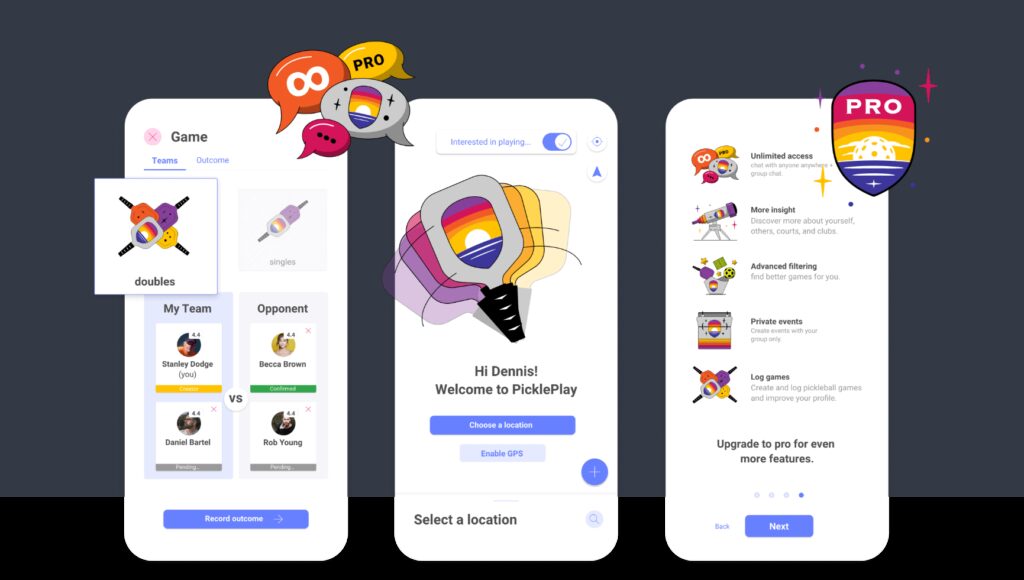User interface design plays an essential role in delivering an enjoyable gaming experience. A simple, intuitive, and engaging design can create a positive first impression, help players understand game controls quickly, increase engagement, and enhance aesthetic appeal. Designers must consider factors such as the target audience, game mechanics, and feedback, while also navigating challenges such as hardware and platform limitations, localization, balancing simplicity and functionality, and gathering feedback to test the effectiveness of the user interface. Ultimately, good user interface design in gaming is crucial in delivering a successful and immersive gameplay experience for players of all ages.
User Interface Design in Gaming: Simple, Intuitive, and Engaging
Introduction
Gaming has become an integral part of our lives. It is a source of entertainment and relaxation for people of all ages. However, what sets apart a good game from a great game is the user interface design. A game with a simple, intuitive, and engaging user interface can make all the difference in delivering an enjoyable gaming experience. In this article, we will explore the key factors that make user interface design in gaming so important and how designers create an interface that is easy to use and provides a great gaming experience.
Factors that make User Interface Design in Gaming Important
Good user interface design in gaming is important for several reasons. These are:
- First impressions: A user interface is the first thing that a player sees when they start a game. It sets the tone and creates an impression of the game. A well-designed user interface can create a positive first impression and encourage players to keep playing.
- Usability: A good user interface should be easy to use and navigate. Players should be able to understand the controls and mechanics of the game quickly. Otherwise, they are likely to lose interest and look for another game.
- Engagement: The user interface should be engaging and immersive. It should complement the game’s theme and make the player feel part of the game. A good user interface can increase player engagement and keep them coming back for more.
- Aesthetics: Finally, a good user interface should be aesthetically pleasing. It should have a clean, modern design that is visually appealing and reflects the game’s genre and style.
Designing a Simple, Intuitive, and Engaging User Interface
Designing a user interface for gaming involves several key factors. These include:
- Knowing the target audience: Designers must know the target audience for the game to design a user interface that is easy to use and engaging. The user interface for a game targeting young children will be different from the one targeting adults.
- Defining the game mechanics: The user interface should be designed to complement the game mechanics. A game with complex mechanics will require a more elaborate user interface than a game with simple mechanics.
- Making it intuitive: The user interface should be intuitive and easy to use. Players should be able to understand the controls and mechanics of the game without the need for a lengthy tutorial.
- Providing feedback: The user interface should provide timely and relevant feedback to the player. This feedback could be in the form of visual or audio cues or contextual messages.
- Ensuring consistency: The user interface should be consistent throughout the game. This consistency should extend to the use of colors, fonts, and icons.
- Providing customization options: The user interface should provide customization options to players. These could include options to change the color scheme, font size, or control mapping.
- Making it immersive: The user interface should be immersive and engaging. This could be achieved through the use of animations, sound effects, and contextual messages.
Challenges in Designing User Interface in Gaming
Designing a user interface for gaming is not without its challenges. These include:
- Platform limitations: The user interface should be designed to work across different platforms such as consoles, PCs, and mobile devices. Each platform has its own limitations and requirements that designers must take into account.
- Hardware limitations: The user interface should be designed to work on different hardware configurations. This means designing an interface that works seamlessly on low-end devices as well as high-end devices.
- Localization: The user interface should be designed to work across different languages and cultures. This requires designers to take into account cultural differences in color, iconography, and user behavior.
- Simplicity vs. functionality: Designers must strike a balance between simplicity and functionality. An overly complex user interface can be overwhelming for players, while a simplistic interface may lack the necessary functionality.
- Testing and feedback: Designers must test the user interface extensively and gather feedback from players to identify any issues and make improvements.
Conclusion
User interface design in gaming is an essential element in delivering an engaging and immersive gaming experience. Good user interface design sets the tone for the game, makes it easy to use and understand, and keeps players engaged. Designers must take into account several factors, such as the target audience, game mechanics, and feedback, to design a user interface that meets the needs of players. While there are challenges in designing the user interface, testing and feedback can help designers overcome them and create an interface that is simple, intuitive, and engaging for players.
